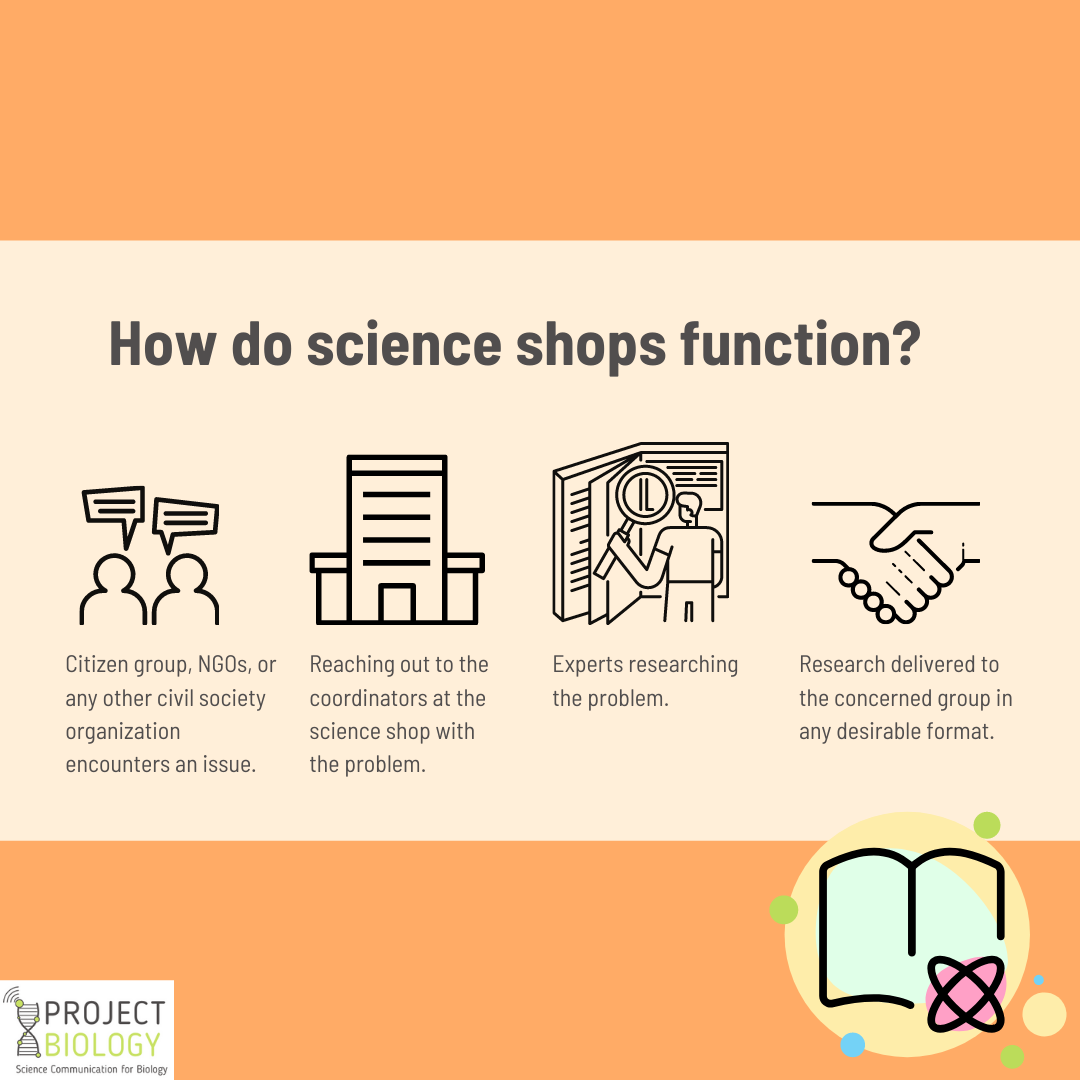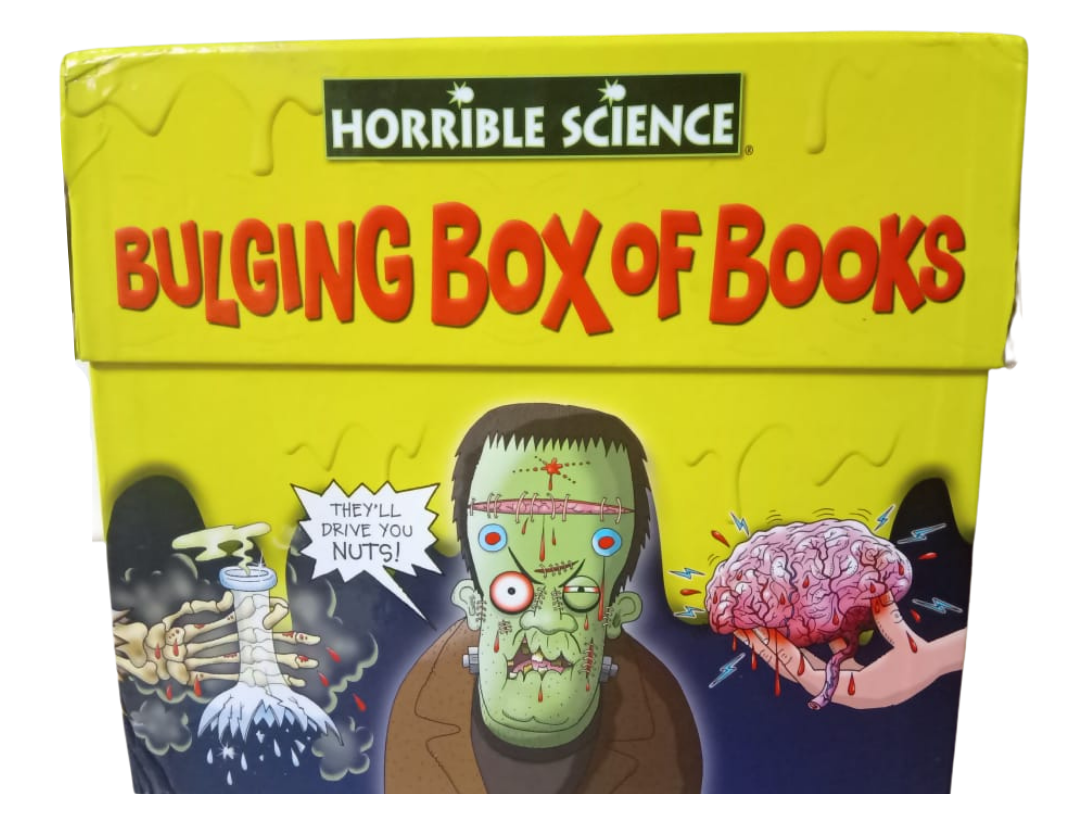The craft of story writing is not for the weak-hearted, for it takes a brave person to keep practicing again and again. But we can surely help our Bravehearts wield the power of knowledge. So we made this guide about structuring a story in science.
This guide walks you through the process of story writing for the biological and scientific phenomenon. Keep reading for a bonus template at the end.
(This guide does not cater to science fiction writing, although the guideline can help you get started.)
Framing the story
What are frames? Frames “shape individual understanding and opinion, concerning an issue, by stressing specific elements or features of the broader controversy, reducing a usually complex issue down to one or two central aspects” (Nelson, Clawson, & Oxley, 1997, p. 568). Framing this helps narrow down the central idea or the storyline.
Shanto Iyengar, in his book, Is anyone responsible? How television frames political issues puts forth different ways of framing news stories. He proposed two frames, namely, episodic and thematic.
Although, the two fundamental types of frames occur in communicating political news. But we also found them helpful in scientific storytelling. The episodic frames focus on the individual, case studies, or discrete events.
By doing so, they incorporate the emotional element and personalize the issue. On the other hand, the thematic frames focus on trends over time, contexts, and environments. They do not produce intense emotional responses.
The different frames impact the audiences, shifting their attention to either an individual-level issue (episodic) or a broader problem (thematic). Thus, deciding upon the frame for your story can help you build an impactful narrative and grab the desired audiences’ attention.
Deciding upon a goal and audience
First, telling a story, deciding upon a goal and the target audience serves as the first and most crucial step. Both aspects help you build a clear idea about how you are going to structure the story.
If you do not have a goal, you may end up with a blank screen or a document full of vague text that makes no sense to you or the reader. If you do not have a specific audience in mind, you might be going too broad and do not know whom to speak to.
The goal of storytelling can range from engaging people by scratching the surface of an issue, persuading people, presenting investigation, debunking myths, and more.
Likewise, different audiences can include the common public impacted by the issue, students, community leaders, policymakers, and others. It is important to research and list down the target audience’s ideologies, beliefs, demographics, and other such details.
Storyboarding the story
With goals and audiences defined, the next step is to structure the story. You don’t necessarily start to write at this point. Rather you gather your thoughts together and refine the story idea.
Setting
What is the setting for the story? The time, place and physical characteristics such as location, climate, culture, or other define a story’s setting.
It determines the specific context within which we place the story. Describing the setting through well-thought and concise descriptions helps the reader create a mental picture. For example,
In 1859, a naturalist undertook a voyage around the world on a magnificent vessel, the HMS Beagle.
The above sentence allows you to imagine the setting of a story with elements of time (1859), place (around the world), and physical location (HMS Beagle). It also brings in the element of curiosity about the voyage.
Character
As you decide upon the setting of the story, recruiting the characters forms the next step. The story can have a single character or multiple characters.
The character moves the story along, performs actions, and may or may not speak dialogues in a biological context.
For example, in 1859, a naturalist undertook a voyage around the world on a magnificent vessel, the HMS Beagle. He was the eminent Charles Darwin, who made many great observations during the voyage.
Here we bring in the character, Charles Darwin. However, as per the setting, one can employ insects, plants, creatures, or even biomolecules as characters.
For example, Adenosine Triphosphate (ATP) molecule can become the character in a muscle contraction story.
Once you decide upon the character/s, it will be great to form a small sketch about the characters. You can write down the actions, interactions, and changes the character will go through during the story.
If real-life beings form the part of your story, be extremely cautious and careful about not presenting them in a certain light for the narrative’s sake. Always exercise your ethical muscle and write diligently.
Plot
The plot can be understood to be the story itself. Here you begin to pack all the details you listed above into a comprehension. For a story to be interesting and exciting, it needs to follow the dramatic arc or Freytag’s pyramid.

Stage 1 Exposition:
As the story begins, the setting, characters, and the main issue are introduced. Here you can clarify the main character by divulging the traits or qualities.
Taking the above example, in 1859, a naturalist undertook a voyage around the world on a magnificent vessel, the HMS Beagle. He was the eminent Charles Darwin, who made many great observations during the voyage.
Such details make the character likable to the audience. Further, the main character can also have flaws. A balance between the qualities and the flaws makes the character more relatable, evokes empathy, and invokes the audience’s interests.
In the case of a molecule, organism, or system, a limitation can be the flaw, and the compensatory mechanism can build the story. For example, an ATP-based system sensitively detects pure cells and organic contaminants but has limitations in its inability to detect gram-negative bacteria efficiently.
Stage 2 Rising action:
The story palpates towards the crisis and the events that lead up to the issue being unfolded. Here one needs to present the obstacle. An obstacle leads to the character evolving or changing as they overcome it.
For example, per his observations on the voyage, Darwin proclaimed that all animals and plants have descended from some prototype or primordial form into which the life was first breathed.
Stage 3 Climax:
At this point, the major events such as a challenge or conflict that face the character unfolds. It is the section about drama, excitement, fear, or unfurling of the emotions. At this stage, the stakes involved are unraveled, as these place importance on the main character’s actions and decisions.
It could be a challenge, call to action, or call to adventure that presents a new opportunity or threat to the main character’s position or proposition. It helps the audience get invested in the story.
For example, Darwin was faced with the challenge to justify the wealth of diversity on Earth despite him saying that it descended from one primordial form. The lack of explanation on Darwin’s part could place his theory in jeopardy.
Stage 4 Falling action:
From here, the story proceeds to its end, and all the loose ends come together.
For example, Darwin proposed speciation that life starts from a common ancestor and different species are formed. The importance of Darwin’s concept included the only diagram in his book, which was the schematic of his tree of life.
Stage 5 Resolution:
It forms the concluding paragraph, wherein the resolution happens, and the story ends. It can also be the final learning, thought, concern, or feeling that the readers or listeners should take away from the story.
For example, the story can be concluded by highlighting that Darwin indeed defined a new path of perceiving and understanding the natural world.
Now, as we promised, you can download the free template to refer anytime, anywhere, to write a great story. Do give us your feedback!!




